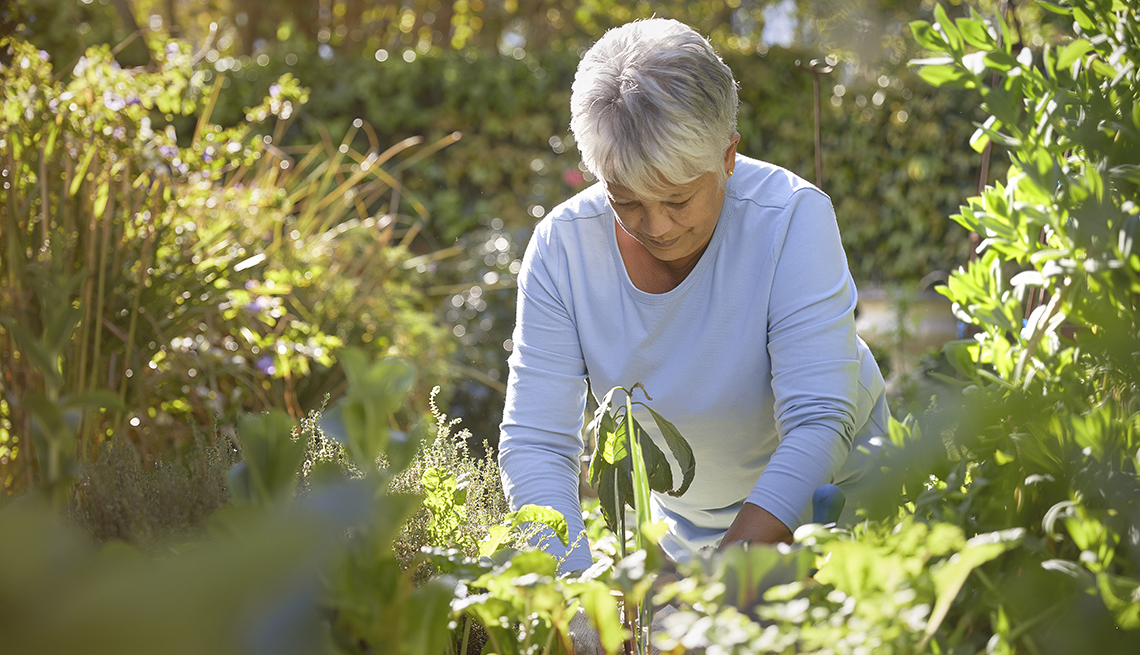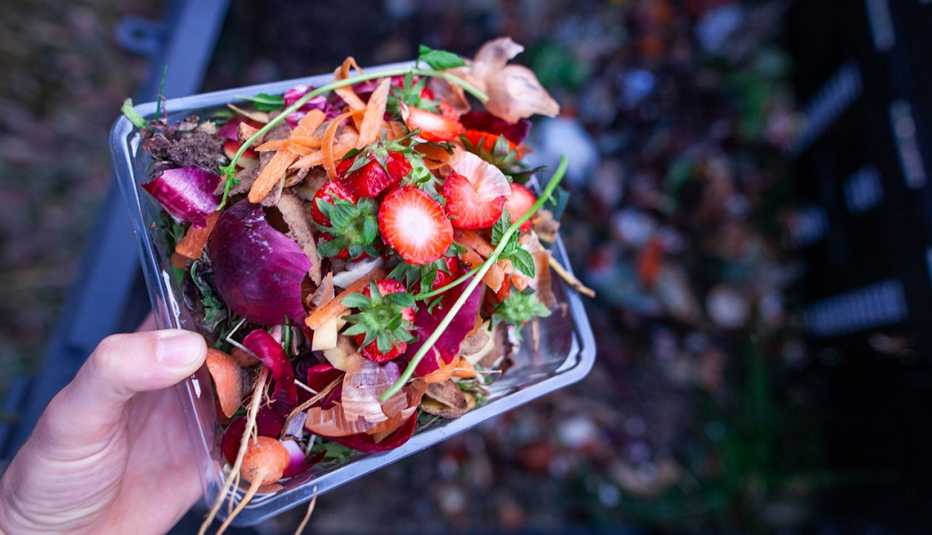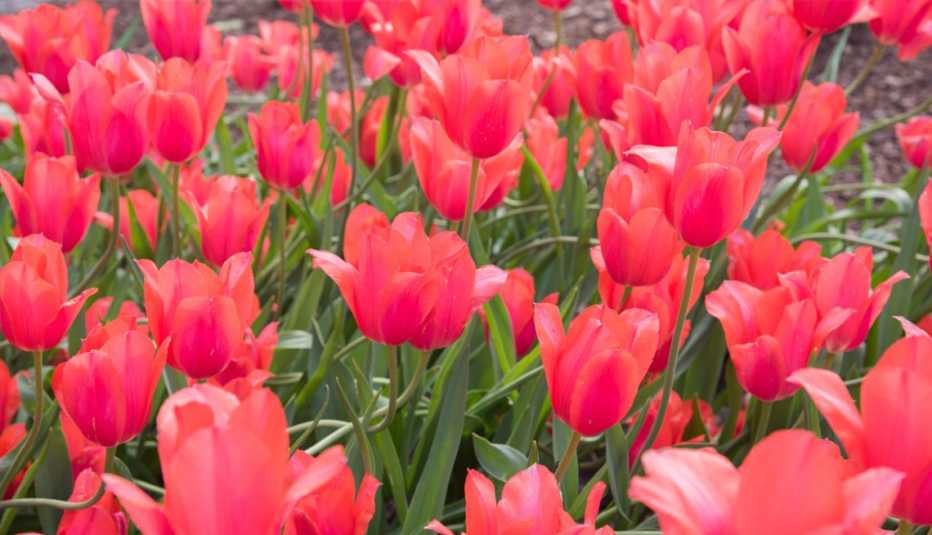Staying Fit
Plants might slow down in the fall, but it’s no time for gardeners to slack off.
In areas with killing frosts, autumn is the season to nourish the soil, prevent disease and get a jump on spring by pulling annuals, moving perennials and adding organic material, among other tasks.


AARP Membership— $12 for your first year when you sign up for Automatic Renewal
Get instant access to members-only products and hundreds of discounts, a free second membership, and a subscription to AARP the Magazine.
It’s also the time to tidy up, although experts no longer advise cutting down every perennial stalk and raking up every bit of debris each fall. While it’s good to clean out annual vegetables and flowers, it’s healthier for the garden, birds and insects to leave many faded perennials standing until spring and to let leaves decay.
“[Perennials] did not evolve where a big, big mammal is coming through to cut the tops off everything every fall and rake up every piece of leaf that falls in the area,” says Adam Choper, the Marjorie G. Rosen associate director of outdoor gardens and sustainable horticulture at the New York Botanical Garden (NYBG) in the Bronx. “We wait as long as possible in the early spring to cut [perennials] back.”
That works for Kevin Kelly, who’s been gardening since the 1980s. Kelly, 65, a family physician and Master Gardener, turned his ⅓-acre suburban lot in Harrisburg, Pennsylvania, into a packed, four-season garden of perennials, annuals, conifers and other plants. He used to put his garden to bed for the winter, “almost like you were cleaning the house before guests would come for the holidays.” Now, he concentrates on a few tasks, like soil testing and mulching.
“I went from what I used to call ‘fall cleanup’ to what now I call ‘winter preparation,’” he says. “First of all, I do much less work. There are lower costs, and … I’m really supporting wildlife and making a better environment.”
So what should be on your to-do list this fall? Here are nine chores that will help keep your garden healthy and save time next spring.







































































